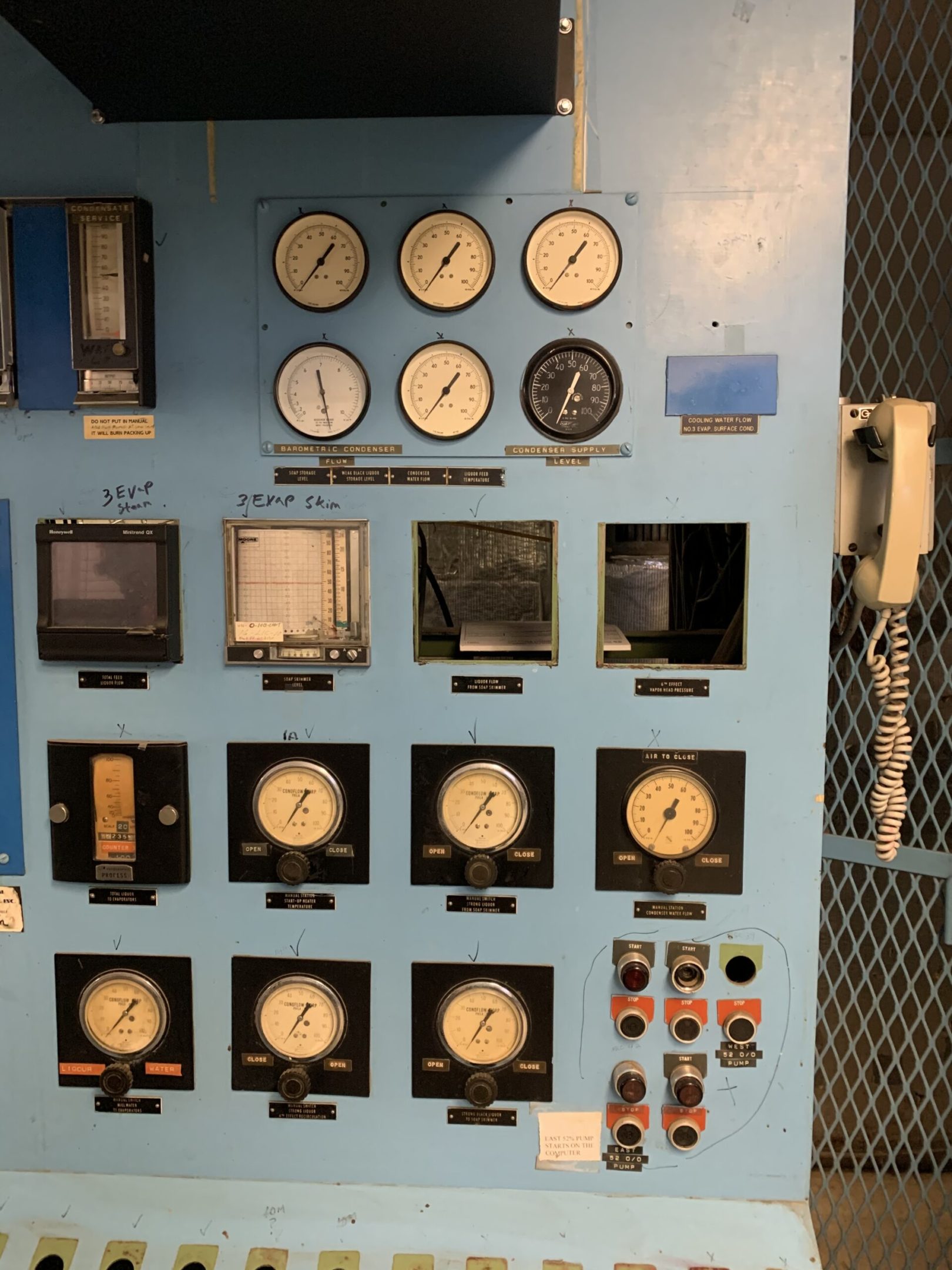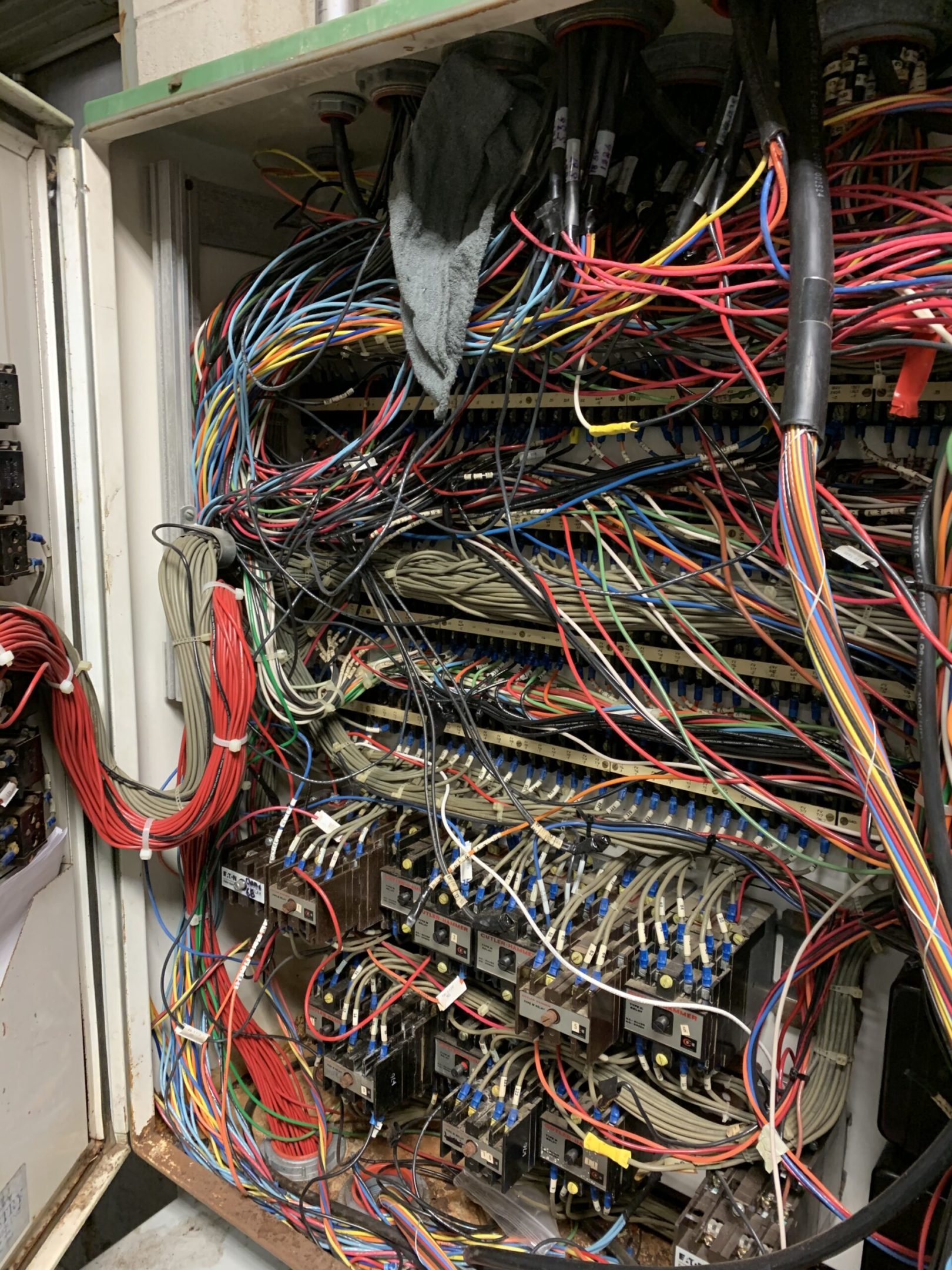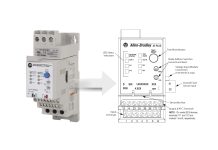
As we entered the twentieth century, the invention of electricity created previously unknown possibilities to modern technology. Generators and the utility industries began to light city streets as well as homes.
On/Off controls were installed in manufacturing facilities and production began to increase substantially. For instance, the first mass production of the modern automobile came to fruition, the Model “T”, by Henry Ford in 1908.
 Image by: Brandon Cooper: Benchboard
Image by: Brandon Cooper: Benchboard
Telephone and Communication
In the late 1800s, there was also much pursuit of a “sound telegraph” or “telephone” as we know it today.
In 1907, the triode, vacuum tube device was invented and that brought about automated switch boards for phone systems, however, the larger the systems increased, the larger the demand for electricity became.
By 1929, 30% of telephone switching was automatic. It would be several more decades before the MOSFET transistor would be created and mass produced that would finally get the radio and communications industry the capabilities it needed to become efficient.
This switching technology in the communications industry was the beginning of what would later be the inspiration for the digital computer. (Ref-1)
Microprocessor
With the discovery of silicon (Si) in 1823, by Jons Jacob Berzelius, another major component was working its way through evolution.
Further work by Tesla’s creation of electrical logic circuits called “gates” or “switches” was another important step.
Finally, the transistor invention beginning around 1947 at Bell Laboratories and improvements upon the transistor for the next decade helped create the first integrated circuits in 1958.
The first microprocessor became commercially available came in 1971 from IBM. (Ref-2)

Looking at this neatly organized relay logic panel, why would you want to replace it with a computer?
 Image by: Brandon Cooper: Relays
Image by: Brandon Cooper: Relays
The First PLC (Programmable Logic Controller)
With the automotive industry in the late 1960s becoming more demanding, the drive for automated control systems brought forth the first PLC created by Bedford Associates and named it the “Modular Digital Controller”.
After its initial success, the company changed its name to Modicon (derived from MODular, DIgital, CONtroller).
This “Logic Controller” was programmable by a Graphical Representation of Boolean Logic, which was much preferred to the Boolean Statements that other control systems at the time were using, since the Graphical Representations resembled the Electrical Ladder Diagrams that engineers were used to using. (Ref-3)
Conclusion:
From the inception of electrical circuits, technology has never looked back. With each invention or improvement, the capabilities of automated switching devices became more and more a reality.
It was said the first Modicon PLC that operated in General Motors’ plant reduced downtime for the facility by more than 60% in its first year. This was the needed proof of what could be accomplished when controls were handled by a computer.
Troubleshooting was easier and wiring was simplified and over the next decade other competitors such as Allen Bradley began making PLCs and the field began making them faster and more powerful. (Ref-3)
Written by Brandon Cooper
Senior Controls Engineer and Freelance Writer
Have a question? Join our community of pros to take part in the discussion! You'll also find all of our automation courses at TheAutomationSchool.com.
Sponsor and Advertise: Get your product or service in front of our 75K followers while also supporting independent automation journalism by sponsoring or advertising with us! Learn more in our Media Guide here, or contact us using this form.
- Things I’ve Learned Travelling for Work (2) - July 17, 2025
- Things I’ve Learned Travelling for Work (1) - July 10, 2025
- Emulating an Allen-Bradley E3 or E3 Plus - June 30, 2025

References:
- https://en.wikipedia.org/wiki/Telephone
- https://simple.wikipedia.org/wiki/Microprocessor#Brief_history
- https://www.c3controls.com/white-paper/history-of-programmable-logic-controllers/
Discover more from The Automation Blog
Subscribe to get the latest posts sent to your email.




